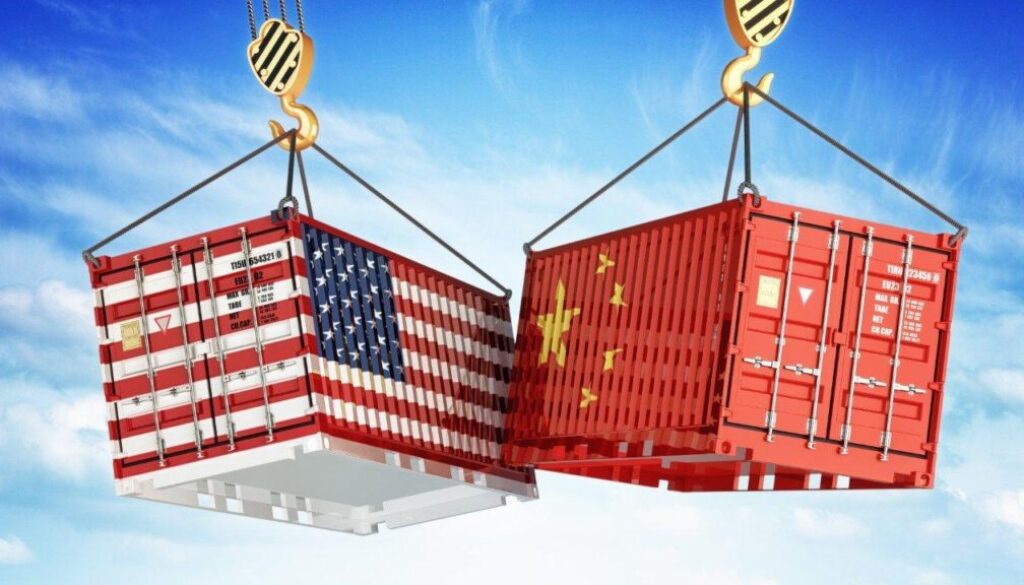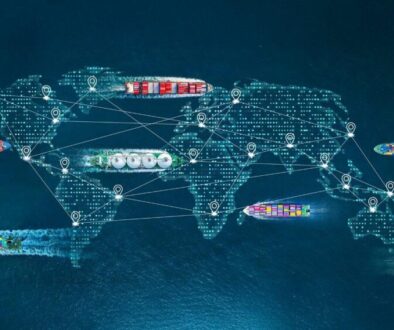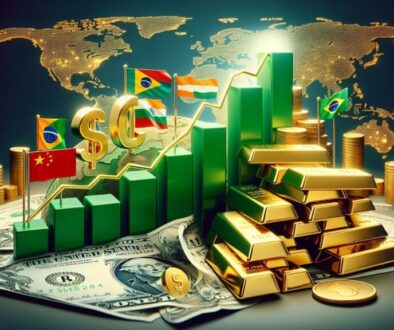Balanced tariffs drive economic growth.
Tariff shifts reshape market dynamics.
Strategic banking secures regional prosperity.
In recent years, the discourse on tariffs has taken center stage as policy makers in major economies reassess their trade policies in an increasingly interconnected global market. The debate is far from black and white. While tariffs can be a useful policy tool when applied judiciously alongside complementary domestic measures, their indiscriminate use risks causing significant harm—often more so to the domestic economy than to foreign trading partners. For bankers, economists, and business leaders in the Arab world, understanding these dynamics is crucial as global trade policies impact everything from market stability to investment flows.
At its core, tariffs are designed to protect domestic industries by imposing a tax on imported goods. This tax, in effect, raises the price of foreign products relative to local ones, potentially encouraging consumers to buy domestically produced goods. However, the economic theory behind tariffs is nuanced. Economists have long argued that while tariffs can correct market imperfections or protect nascent industries, they are inherently inefficient in a free market. By preventing the most efficient allocation of resources, tariffs introduce a distortion in trade that can lead to a net loss of welfare.
The recent proposals by prominent political figures to impose higher tariffs on imports from major economies such as China, Europe, Mexico, and Canada illustrate the risks of using tariffs as a multifaceted policy tool. In one vision, tariffs are seen as a solution capable of addressing a variety of national objectives simultaneously—from reducing trade deficits and bolstering domestic manufacturing to creating jobs and enhancing national security. Yet, the reality is that tariffs are a blunt instrument. Their impact on various sectors of the economy tends to be uneven. For instance, while some domestic manufacturers may benefit from reduced foreign competition, industries that rely on imported inputs or that export a significant portion of their production may suffer adverse effects.
This uneven impact is particularly relevant for the global economy at large. The costs imposed by tariffs do not remain confined within national borders. In an era of deep economic interdependence, protectionist measures tend to reverberate across the global supply chain. Historically, when tariffs have been used as a tool for coercing trade partners into concessions, the result has often been an escalation in trade disputes rather than the desired outcomes. For policymakers in the Arab world—regions that rely heavily on trade financing, investment inflows, and international market stability—this lesson is particularly pertinent.
There is, however, a more measured approach to tariffs that has yielded success in several key instances. When tariffs are implemented as part of a broader policy framework that includes investments in domestic innovation, infrastructure, and industrial upgrading, they can serve as a temporary shield for vulnerable sectors. Historical examples abound: the United States in the late nineteenth century, the rapid industrialization of South Korea and Taiwan in the post-1960s era, and even the economic rise of post-1990s China. In each of these cases, tariffs played a supporting role within a well-designed industrial policy that went far beyond mere protectionism.
A similar rationale underpins the use of tariffs in support of emerging green policies. The European Union’s approach to carbon tariffs, for instance, aims to level the playing field for domestic industries that face stringent environmental standards. These tariffs are not an end in themselves but part of a broader strategy to incentivize cleaner production methods and reduce carbon emissions. The key takeaway for bankers and economic policymakers in the Arab world is that tariffs, when aligned with targeted domestic policies, may contribute to long-term strategic goals. Conversely, tariffs applied in isolation—without an accompanying agenda for domestic renewal—are likely to yield net negative effects, with the domestic economy absorbing most of the cost.
The implications of these findings are significant for the Arab financial sector. Arab economies, many of which are closely tied to global energy markets and international trade, must pay close attention to shifts in tariff policies in major economies. Changes in the U.S. or European tariff regimes can affect export revenues, investment flows, and even the stability of regional financial markets. Furthermore, as many Arab countries strive to diversify their economies and reduce dependency on a narrow range of exports, the lessons from past tariff policies emphasize the importance of complementing any protectionist measures with robust domestic policies aimed at fostering innovation and competitiveness.
For decision-makers in the banking and finance sector, the focus should be on understanding not only the direct effects of tariffs on trade volumes but also the broader economic repercussions. When tariffs are used as a blunt instrument, the result is often a distortion in market efficiency—a development that can lead to reduced investment in critical sectors and a subsequent slowdown in economic growth. As international trade policies evolve, financial institutions in the Arab world must remain vigilant. They need to assess how changes in tariff regimes can influence credit risks, alter market sentiments, and shift investment flows across borders.
In addition, banks and financial institutions should consider the role of tariffs in the context of geopolitical developments. Trade policy is increasingly becoming a tool of statecraft, with implications for regional security and economic stability. For the Arab world, where economic and geopolitical factors are deeply intertwined, the potential for escalated trade disputes among major economies poses both a challenge and an opportunity. On one hand, the risks of trade disruptions must be managed; on the other, there exists the potential to capitalize on shifts in global trade patterns by enhancing local capacities and diversifying market relationships.
Recommendations for Arab Banks and Bankers
In light of these considerations, Arab banks and financial leaders are advised to adopt a proactive approach. Firstly, maintain a keen awareness of global tariff trends and analyze their potential impact on regional trade and investment. This entails strengthening risk management frameworks and enhancing scenario planning capabilities to better prepare for possible market shifts. Secondly, collaborate with policy makers to develop and support domestic strategies that complement any protective measures. Such strategies should focus on stimulating innovation, supporting key industries, and improving overall market competitiveness. Lastly, diversify international partnerships to reduce reliance on any single market. By expanding trade relationships and investment networks, Arab financial institutions can better insulate themselves from the adverse effects of tariff-induced disruptions.
By adopting these strategies, Arab banks and their leadership can not only mitigate the risks associated with global tariff policies but also seize emerging opportunities in an ever-changing economic landscape. The lessons from past experiences underscore a critical point: tariffs, when used in isolation, are unlikely to deliver the broad economic benefits that some policymakers envision. Instead, a balanced approach—one that aligns tariff policies with a comprehensive domestic agenda—offers the best path forward for achieving long-term stability and growth in both the local and global economies.



